Dec 26, 2019
MoneyTalk: Honeymoon road trip
Presented by:

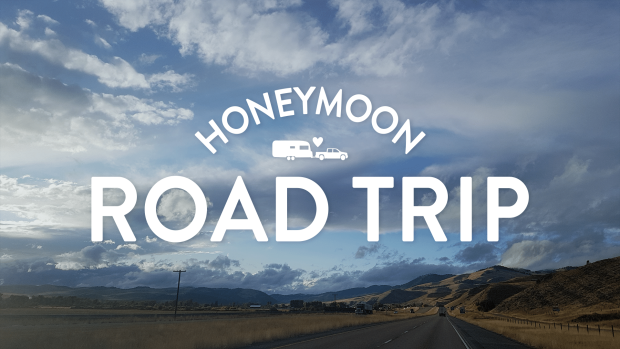
When landscapes of another country call to you, will you have the money to get there?
Photography by Brigette and John Peters
Some honeymooners dream of the warm beaches of Hawaii or the gondolas of Venice but not Brigette and John Peters; they were made for the open highway. As soon as they were finished planning their wedding, they began preparing for their road-trip honeymoon — from Toronto to Malibu, California, and back. The challenge was, how could they see 21 states, the giant Redwoods, the Arizona desert, the Rockies, the Grand Canyon and more, in just three weeks? And how could they do it on a super-cheap budget?
This is the story of how a kitchen-table savings plan pushed them across America.

The idea of the road-trip honeymoon actually began many years ago when Brigette, 27, who works at a bank, became obsessed with seeing Oregon’s coastline. She was enthralled with the rugged images of the ocean pounding the shore and Brigette and John began building the trip around Oregon’s Pacific coast. Next, they wanted to see multiple locales, so that meant driving — quite a bit of driving — but they didn’t want to spend money on hotels so that led to them to the idea of hauling a 20-foot trailer across the States. And that gave them far more flexibility on where they could stay. With a trailer, they had a kitchen and could cut down the food bill by grocery-shopping and making their own meals instead of eating in restaurants for three weeks. They could also take lots of clothes with them so they didn’t have to waste time or money doing laundry. And with more room in the car, Carly, their dog could come along for the ride. Brigette and John planned routes and printed maps and brochures and crammed it all in a binder. They got a US$80 America the Beautiful pass to all National Parks in the U.S., hitched up the trailer and headed west.
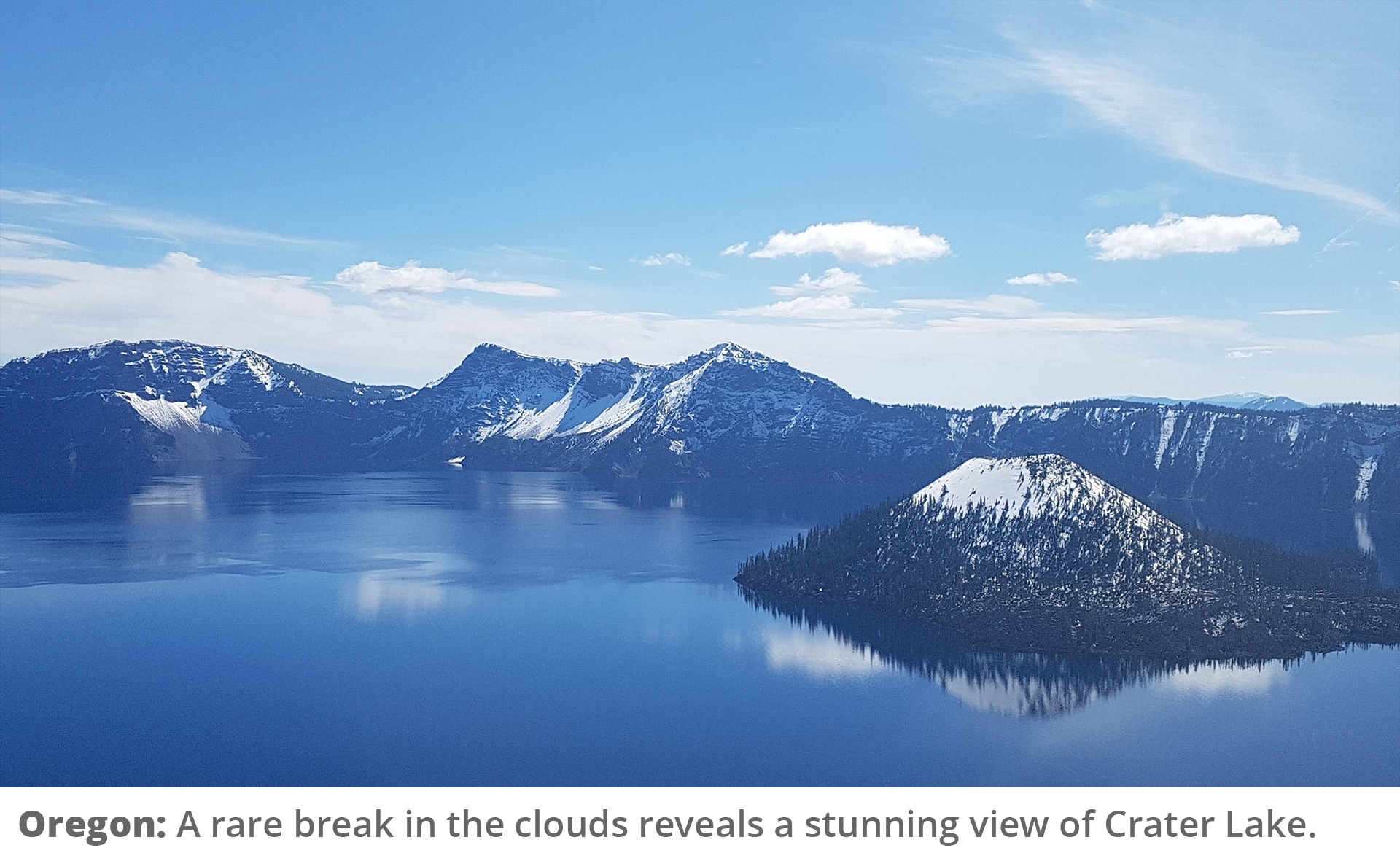
Saving for the Dream
Kelly K. Lam, Regional VP of TD Wealth Financial Planning, says lots of people find saving money to fund a future goal challenging. Having a structured plan and a set of specific goals can help. This approach, whether it’s for a crazy dream trip or your retirement plans, will take them from not knowing ‘where the money goes?’ to regularly contributing a set amount towards a realistic aim.
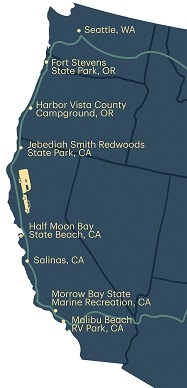
For instance, many people buy unnecessary items every month (be it housewares, hockey and movie tickets, shoes, power tools), just because they have the money. He recommends considering regular automatic withdrawals that transfer a set amount of money from a chequing account to a savings account. A savings account that is harder to access helps remove the temptation to spend that money, says Lam.
As well, trying to save a few bucks here and there for some vague goal or to make you feel better doesn’t help your ultimate cause, says Lam. Saving without a sense of purpose means the saved-up money can be easily put towards something trivial like last-minute holiday gifts that no one needs. A sharper saving focus helps motivate you into saving. For instance, consider having a clearly-defined goal; not just to save for retirement but to save for retirement at age 62 with $750,000 in saved funds and a plan to downsize your home and take exotic vacations every other year.
Once you have a plan, you can break up the money needed into manageable saving chunks, say, $750 a month over 35 years for retirement or $400 a month over a year for a Caribbean holiday, which will move you confidently towards your goal.
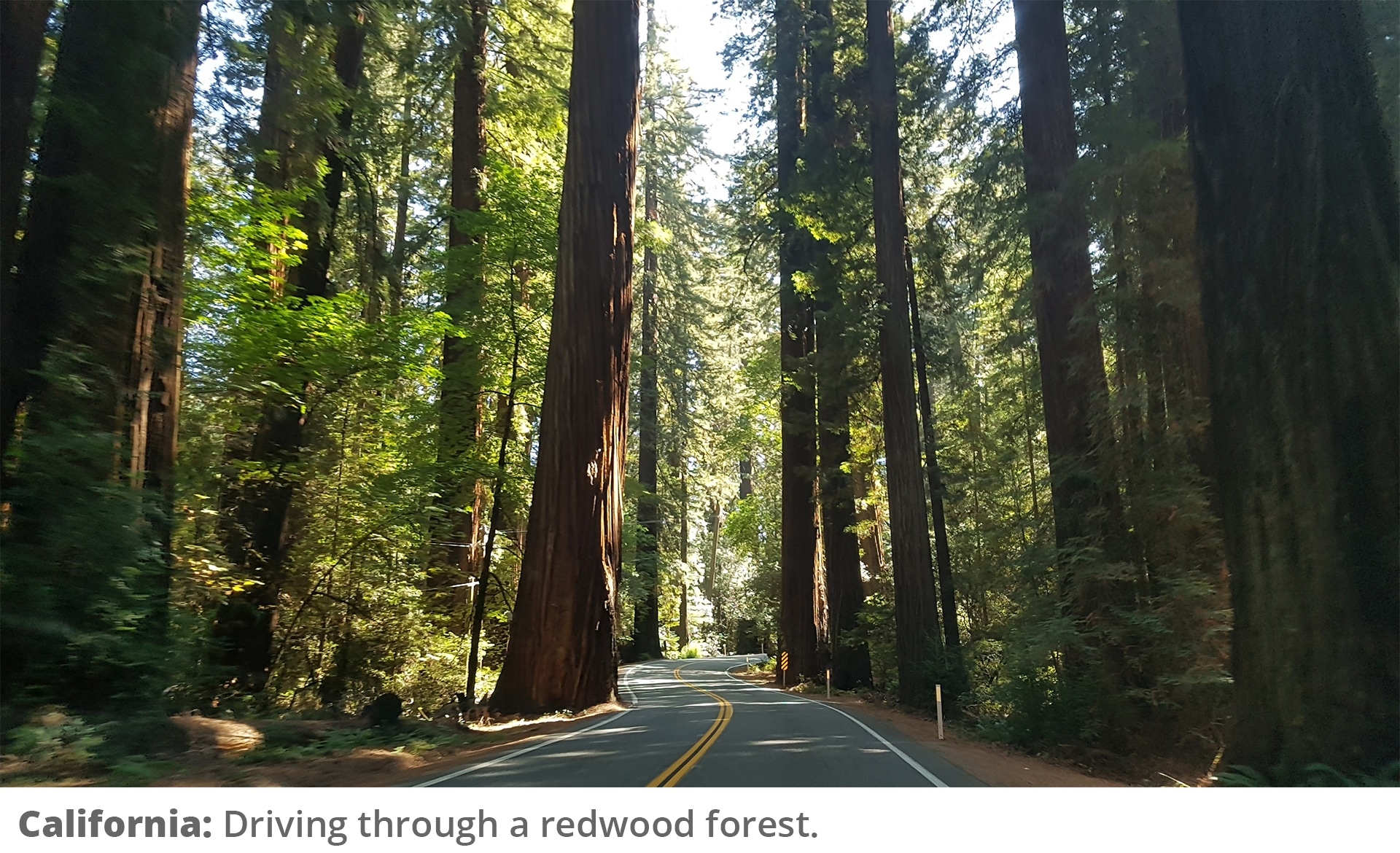
From Spreadsheet to Open Road
Brigette and John needed to plan a honeymoon that matched their budget but also wanted a fun, adventuresome and memorable holiday. They also had to pay for their wedding and deal with expenses all young people have, like expensive housing in Toronto and paying down student loans.
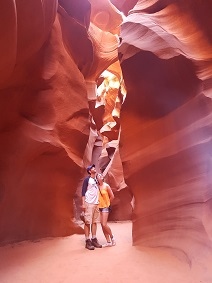
Their focus was clear; they wanted to see the U.S. and they didn’t want to blow a fortune to do it. That meant a meticulous and documented savings plan before the trip. Once they had financed their wedding, Brigette and John dedicated $500 from each of their pay cheques over six months to reach a goal of $10,000 before they pulled out of the driveway. That meant drawing up a spread sheet of all their expenses and savings.
“It wasn’t an automatic withdrawal, but every time one of us got paid (which happened to be alternating weeks) we would transfer a minimum amount to a bank account that wasn’t accessible from our debit cards so that the money was ‘put away,’ just in case we were tempted!” she says. A spread sheet allowed them to accurately trace whether they were on track or not at any given time, plus it allowed them to see where they had to cut back (some concerts) and where they didn’t (Brigette’s daily premium coffee).
“It was challenging for the most part but doable. We were saving more than we had to so that, if we couldn’t contribute that much one week, we would still make our goals. We were trying to overcompensate off the top. And our tax refund went into our savings fund.”

Changing Landscapes
Looking at their deflated trailer tire in Alexandra, MN, on their first full day of their trip must have given them pause over the miles of highway ahead of them. Fortunately, they were near an auto repair shop (with the trailer tire in stock) and they were on their way again soon, trying to reach their goal of 10 hours of driving a day.
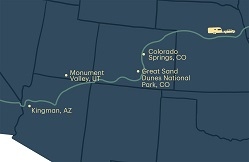
Their route was west across the top of the U.S. until they reached Seattle and then south along Hwy 1 along the coast deep into southern California. Then they would head back on America’s famous Route 66, cutting across America until they made it home.
John and Brigette didn’t just want to see the postcard sites of the USA like the Golden Gate Bridge. They wanted to see the small towns, farms, homes and things they would miss if they flew. They stopped in Fargo, ND, to see props from the movie of the same name. And they had ups and downs on the road; they tried to get to Yellowstone National Park but the entrance was closed because of heavy snowfall. But they more than settled for the icy blue colours of Crater Lake in Oregon, the deepest lake in the U.S. They were among the lucky few who could actually see the lake when the constant clouds suddenly lifted and the sun shone through.
“It was pristine for us,” says Brigette.
“From a surprise perspective, I think you don’t realize how diverse the landscape is. It’s mind-blowing. Montana is really big and you would never expect to see such diverse landscapes. Then driving from somewhere like the Redwood forests of Northern California to LA or the Malibu area, is so different from lower Antelope Canyon in Arizona, — it’s really six hours of driving and it looks like you are on two completely different planets,” she says.
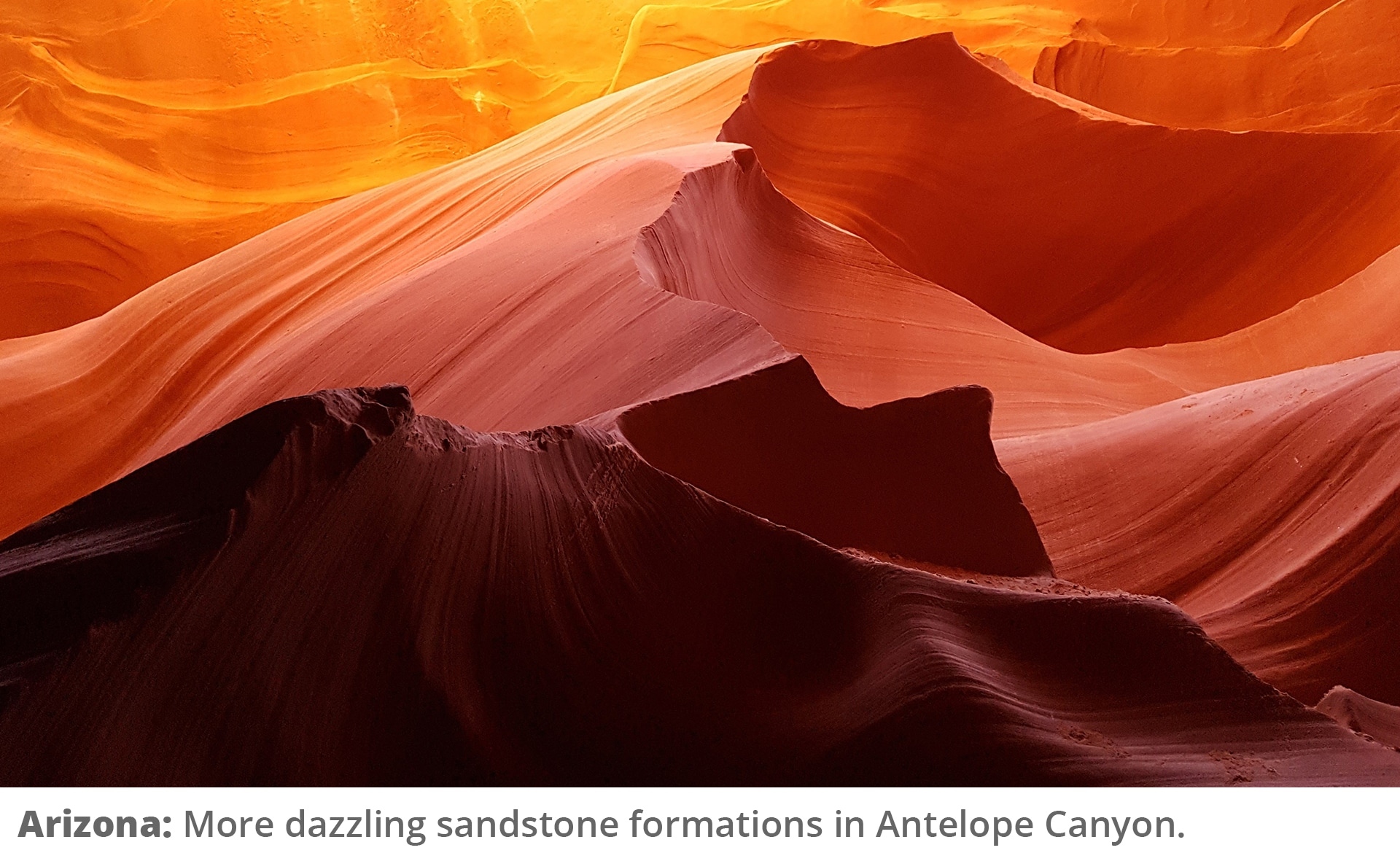
“We went through Monument Valley (in Arizona and Utah) where they have these gigantic structures that are made out of sand and stone. And then all of a sudden you see these 800 foot sand dunes that are sitting against the backdrop of the Rocky Mountains; it doesn’t even make sense that these places exist. Then you’re in this colourful lush area of Colorado. I don’t think anyone could ever spend enough time in those areas,” Brigette says.
One of their strategies for saving money was to pay as little as possible when they bedded down for the night. With the camper, they could bed down in state parks for $US30-$40 a night so they hit one in Oregon and three different parks in California. Moreover, they were able to park their camper in the parking lot of a national retail store for free on five different nights. On other nights they stayed at private campgrounds and they stayed in one Airbnb in Seattle.

But the savings meant John and Brigette could splurge when they wanted to. The newlyweds treated themselves to a couple of special dinners, one at a gorgeous French restaurant in Carmel-by-the-Sea, on the Monterey Peninsula, south of San Francisco.
“We had specifically planned that night out. We didn’t look at prices — it was our honeymoon and we wanted to make sure that we weren’t frugal on that,” says Brigette.
After they reached their southern-most point of their trip in Malibu, they headed north-east. Again, there were some disappointments. Their hitch broke down in the middle of the desert in Arizona and they picked a less-than-spectacular entrance to the Grand Canyon and missed the best views. But they were awed by Antelope Canyon rock formations and the vistas at Monument Valley. From Colorado they headed north through Iowa, and eventually to the Finger Lakes of New York, and then home.
From Plan to Reality
Brigette and John were astonished at the variety of landscapes they saw as they rolled across America. Equally surprising was that their journey came under budget by about $1,000. By strict saving and tracking their budget before the trip, and taking advantage of low-cost opportunities as they travelled, they were able to go exactly where they wanted and even treat themselves along the way. A road-trip honeymoon isn’t for everyone but it was made for Brigette and John.
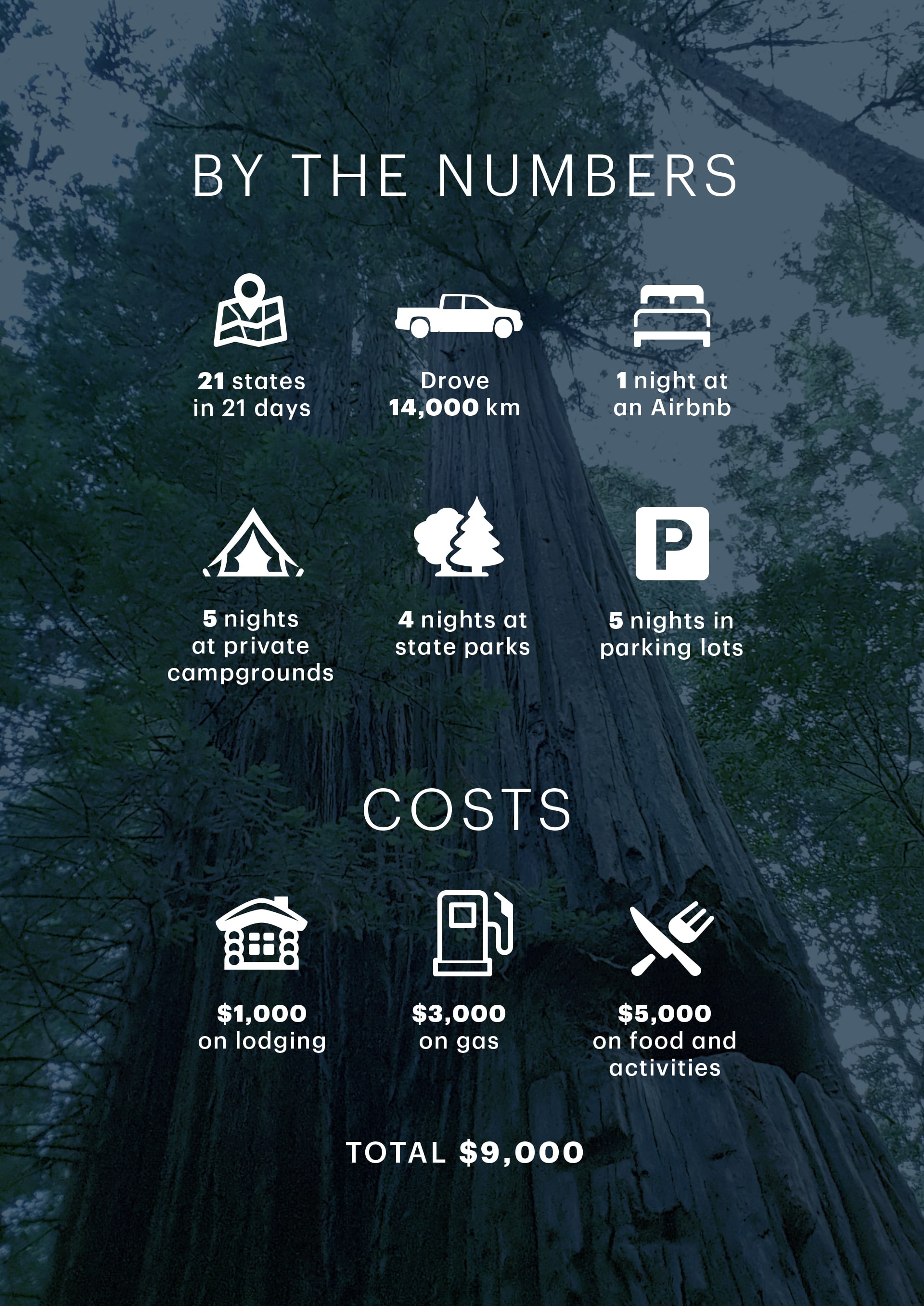
Lam says Brigette did an excellent job managing her savings and seeing it through. But other people may need more help juggling competing money priorities. Lam says if people need help coming up with a plan, increasing their savings or just advice to attain a dream trip or other priorities, check in with their advisor — they may put you on the road to successful saving.









